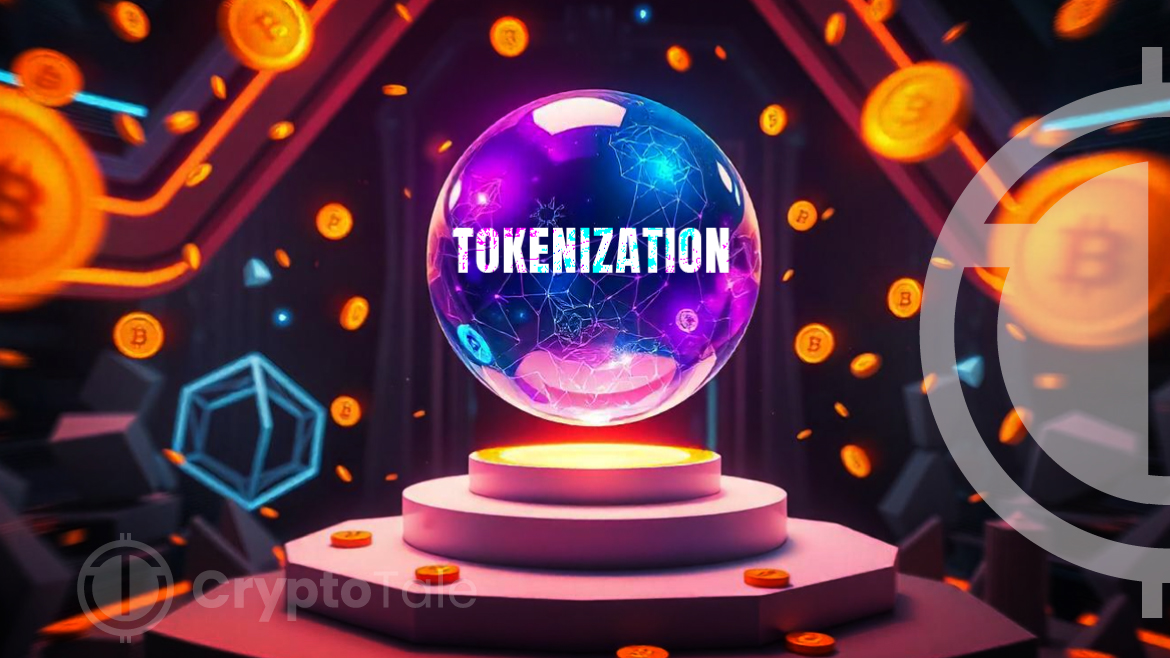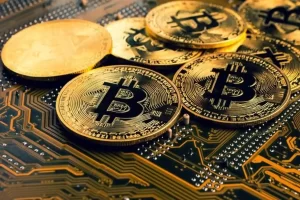
Tokenization is transforming how assets are digitally represented. It uses distributed ledger technology (DLT) to convert assets into digital tokens. These assets range from securities and bank deposits to physical assets like real estate. Adoption remains low, but interest is rising as organizations explore its benefits.
These include efficiency, lower costs, and improved transparency. However, its impact on financial stability is under scrutiny. Regulatory bodies, like the Bank for International Settlements (BIS) and the Financial Stability Board (FSB), are assessing the risks. This article discusses the evolving role of tokenization, its challenges, and potential risks in global financial markets.
Low Adoption with Gradual Growth
Tokenization is still in its early stages and public data shows low adoption. However, organizations are experimenting with DLT to tokenize financial assets. Public-private collaborations aim to issue digital tokens for assets like government debt, equity stakes, and commodities like gold. The future may bring new use cases if interoperability improves.
Despite these developments, several factors limit adoption. One major challenge is the low demand for tokenized products. Investors worry about liquidity, scalability, and compatibility with existing systems. Additionally, there is a lack of interoperability between DLT platforms and traditional financial systems. Tokenization projects often operate in fragmented environments limiting their scalability and effectiveness. Regulatory differences across borders further complicate the process, indicating the need for standardized guidelines.
Wall Street Adopts Tokenization to Speed Up Asset TradingRisks to Financial Stability
Tokenization offers advantages as well as risks impacting financial stability. In a recent report to the G20, the FSB raised concerns about liquidity and maturity mismatches. Tokenized assets often have different liquidity profiles compared to their digital tokens. This mismatch can trigger redemption risks. Similar issues have occurred in traditional investment schemes, where asset fractionalization creates liquidity challenges.
Efficiency features like atomic settlement and delivery-versus-payment (DvP) can increase liquidity needs. These mechanisms reduce payment netting. As a result, institutions may need more cash for settlements. This can heighten liquidity stress if funding is not available. For example, tokenized deposits could pose risks if tokens deviate from par value. Programmable money could also accelerate bank runs.
Smart Contracts
Smart contracts, a core feature of tokenization, contribute to financial risks. They allow interconnected functions across various financial activities, which can lead to increased leverage. This is common in decentralized finance (DeFi) systems.
Most tokenization projects use permissioned blockchains, which limit these risks. However, permissionless environments raise concerns about transparency and complexity. Investors may struggle to assess asset pricing and quality, especially with reliance on oracles for external data.
Regulatory Implications and the Role of Central Banks
The rise of tokenization has prompted central banks to consider its impact. According to the BIS, tokenization could reshape financial markets. It uses platforms to manage assets throughout their lifecycle which may reduce costs and improve efficiency. However, it requires robust governance and risk management support. Central banks must assess how tokenization affects oversight and payment systems for a smoother operation.
Broader adoption depends on regulatory clarity and technical solutions. According to the FSB, legal issues impede tokenization, particularly in international endeavours. Differences in regulations can create loopholes or increase risks, potentially complicating compliance and enforcement.
Possible Regulation Risks
The board also identified a possible regulation risk: regulatory arbitrage. Tokenization makes it possible to have multiple roles such as issuance, trading, and custody to occur within the same platform. That setup is beneficial to users but may lead to more risks like cross-border financial disruptions.
They also emphasized certain operational risks. Integration of DLT systems with conventional structures is challenging. This is because it raises operational vulnerability. Permissionless blockchains and smart contracts are another level of complication on their own. Most of these systems are decentralized, making risk management more difficult. In turn, digital assets and related tokenization projects must set up secure structures to manage risks. This is especially important in situations where there are assets that attract a high level of trust and have to be stable.
Conclusion
Tokenization is a concept that holds opportunity as well as some inherent risk given the dynamism that characterizes the financial world today. Thus, although the potential advantages are quite evident, achieving proportionate proportions of those advantages has several major barriers to regulation, technique, and operations.
As the tokenization unfolds, the consequences to the financial stability will largely depend on how well these reports’ challenges are addressed. Lacking integrated risk management and appropriate regulations, tokenization may only transfer risks to those spheres more liberal than financial ones and, thus, impose threats to financial stability. Therefore, these stakeholders need to collectively address how tokenization will help offer a positive impact on a secure and efficient landscape that is more inclusive.














